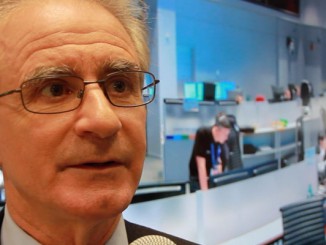
News

News

News

News

News

News

News

News

News

News

News
